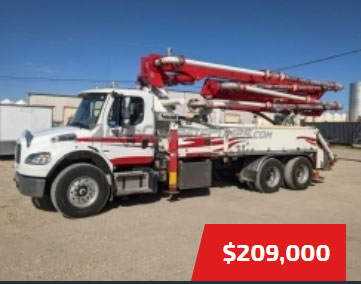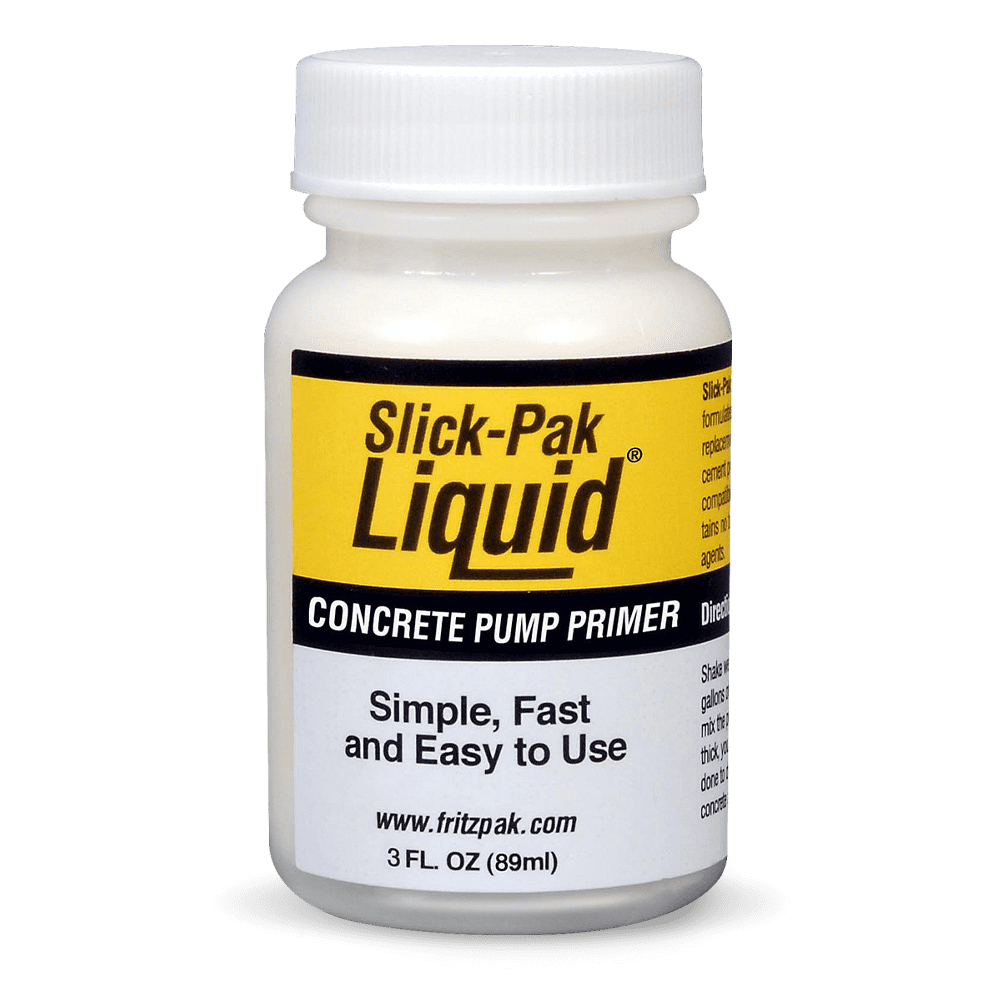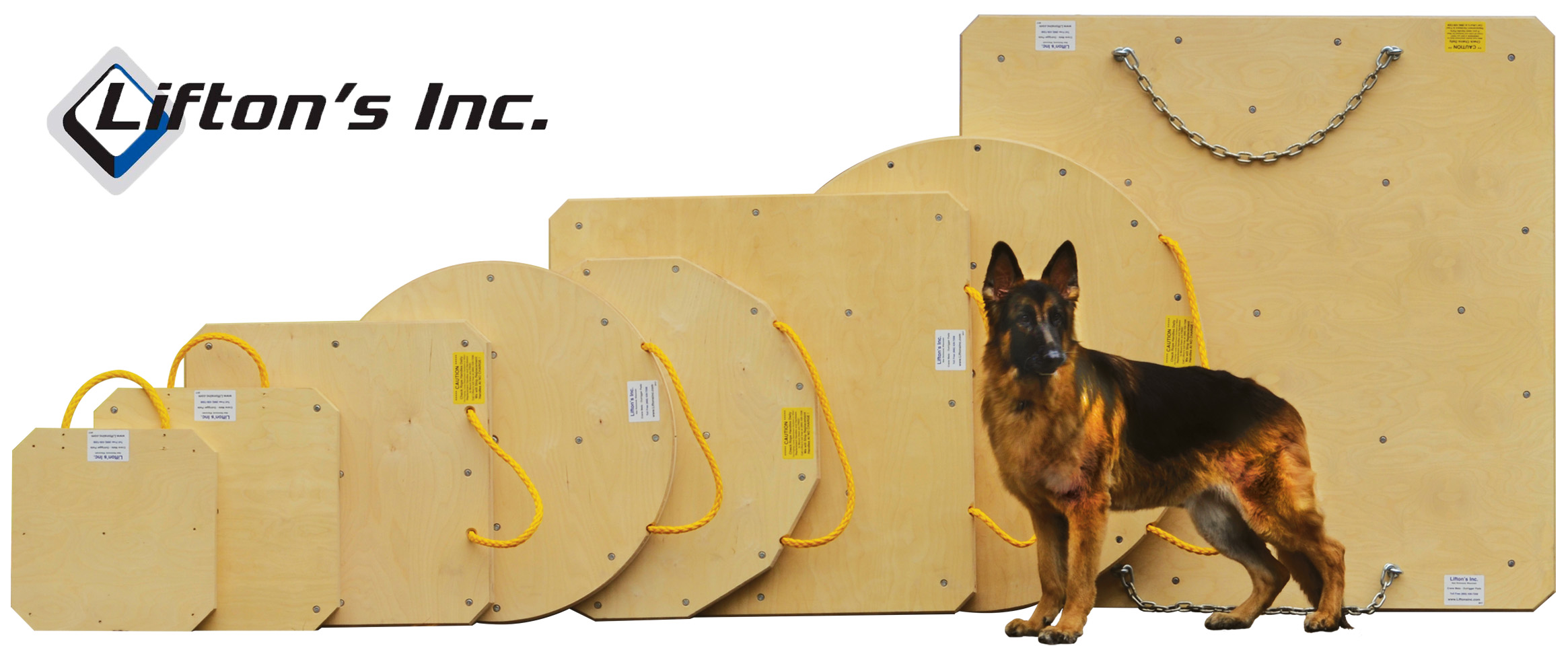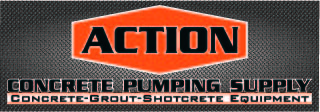4 Easy Maintenace Tips to keep yourself pumping
These are just a few of the tips I suggest to owners of concrete pumps, especially first time pump owners. My first priority is always SAFETY, and that should be yours also.
1. Hydraulic Oil
This is a very key part of your pump. You spend several hundreds of dollars or even hundreds of thousands of dollars on a pump, and you still see operators filling the reservoirs with dirty, nasty old buckets. These are what they call contaminants- solid particles, air, water or any other matter that impairs hydraulic fluid function. Particle contamination accelerates wear of the hydraulic components in the system. Particles larger than the components internal clearances cause damage through friction. However, the particles that are the most damaging are those that are smaller than the internal clearances. Particles that are smaller than 5 microns produce little slits on the clearances causing tremendous wear, destroying the pumps, and other components I see this all of the time. Hydraulic oil is the “life blood” of the concrete pump and needs to be as clean as possible. I have had several hydraulic pumps from customers that I have seen torn down and they have debris in them from sand to paint to wood pieces. You wouldn’t use that dirty bucket to put oil in your own car so why would you do it on the thing that makes you your “ bread and butter”? The idea of filter carting the oil is great but this is not the answer for all pumps. For example, in a Putzmeister pump, the filters are BEFORE the hydraulic pumps so filter carting would work, but it is not cleaning your hydraulic filters, so you still need to change filters at regular intervals. Another contaminant is moisture. Moisture in the hydraulic oil tank is a killer of Hydraulic pumps. When the water particles are compressed, the water boils and turns to steam causing tiny explosions that ‘pit’ out the metal and bronze parts of the pump piston group or gears causing eventual failure.
Aeration is another killer. In aeration, air bubbles get into the fluid usually because of bad supply hoses, loose fittings, and/or hose clamps. These air bubbles are compressed causing erosion of the pump components in somewhat the same fashion as moisture.
Cavitation occurs when the hydraulic pump is starved for fluid. When this happens, air enters the pump causing the same damage as aeration. Cavitations can be distinguished by a constant sound where aeration is a more intermittent sound.
So, my words of wisdom are: Keep the hydraulic oil clean, free of particulates, water, and air and keep the supply lines tight and in working order.
2. Hydraulic lines When to change the hydraulic hoses? This is the question that has haunted us forever in this industry. First, let’s look at the hose. It is made up of three parts: an inner layer that carries the fluid, the outer reinforcement layer (steel or fabric), and the outer protective layer. All of these have to be in good working order to allow your machine to run safely. When you take away any one of these things, you are asking for trouble. Hoses are one of the things that, if you keep on top of them, can help you prevent your machine from breaking down. The signs of a bad hose are bubbling of the outer layer, abrasion of the outer layer, cracking or dry rotting of the outer layer, steel or fabric poking out of the outer layer and when you get to the fitting, leaking around the crimp and weeping around the fitting flange. Leaking and weeping of the fitting flange is something you really need to be careful of. Don’t try to tighten a hydraulic line when the line is under a load or pressurized. The possibility of a cracked fitting or a bad crimp when you try to tighten could result in the hose exploding. This is were you hear about guys getting hands cut off, guys being blinded or oil blown up under the skin resulting in amputation of the hand. You really need to be careful and think before you do. Always wear protective clothing, gloves, and safety glasses when doing these things. This also goes for steel lines because the oil you see leaking is most likely a cracked flare on the line or a loose fitting. Again, THINK FIRST. Shut off the machine and then tighten it the line. Stand back after tightening when you pressurize the system. I prefer not to tighten anything during a pour if possible. I like to tell my guys to put a bucket under it to catch fluid and call me with the size of the hose if they don’t have it on the truck. When they do have it, see if they can change it between redimix trucks or if it is a really bad leak, shut the truck down and change immediately. The possibility of doing damage to hydraulic components due to lack of oil outweighs shutting the truck down and changing it. Sometimes you might just have a drip and you think that you can just tighten it, but tightening it may crack it more and make things worse. This becomes a judgment call. Always go on the side of SAFETY.
A hose can last a long time if you keep your eye on the fittings, don’t put things on top of it which can pinch it or smash it, and stay away from using caustic chemicals when cleaning so you don’t erode the outer layer. When a hose needs changing, never undersize the hose for this causes extreme heat and the circuit to not work properly. Always look at the working pressure of the circuit to find out what hose will work safely.
3. Electrical system
This is an area that can drive you completely nuts. There are some electrical problems that can happen in the field and then, when you get back to the shop, don’t show up. I have seen it more times than you can believe. The way to try to avoid this is to keep all electrical panels, inside and out, as clean as possible and make sure all the seals are in good working condition. You should only replace fuses with the specified voltage and relays with specified amperage. Changing fuses to higher amperage and relays to lower amperage could create more problems than you started with. I have seen entire electrical components burnt to a crisp by using a 30-amp fuse in a terminal that was supposed to have a 3.5 amp. This is a very expensive repair! Pumps now days have very low amperage systems and the days of a test light are just about gone. Your average test light takes 1 amp to light when brand new. Over time, the wire gets damaged inside the insulation, the clips connection to the wires break and separate, and the amount of amps to light the light go up. It can get as bad as 10 amps to light. You can even pop a fuse on a lower amp fuse just by trying to troubleshoot a problem. The use of an ammeter is your best bet.
Anyway, back to keeping you from these problems! Try not to keep things in the control panel like water nozzles, screwdrivers, and spare relays especially metal covered ones. Any of these can actually touch circuits in the panel and create a problem. Also cables, wire looms, and junctions outside of the panels can get damaged. The tendency to load up the pump cell by the water box area with spare elbows, clamps, wrecking bars and lumber is trouble waiting to happen. These can all damage electrical components and break wires. If you have ever pinched a wire and tried to find it in some of the manufacturers’ wiring looms, you understand where I am coming from. The other thing to look out for is corrosion. Loose plugs, loose junction boxes, and loose terminal connections can all lead to a problem.
These are all things to look out for. I’m not saying you need to check these daily but the vibrations from the pump do things you would not believe. Follow-up on the electrical system, keep areas clean and clear, look over connections to make sure they’re tight and check for potential pinch points for looms, cables and wires.
SIDE NOTE
For those of you using some form of acid to clean your machine, DON’T! The use of a little more elbow grease can save you a lot of future problems in all facets of your concrete pump, especially in the maintenance area. Acid destroys some seals on electrical wiring looms and the insulation on cables, and junction boxes. Acid also creates corrosion on plug terminals and electric valves. If acid gets on any chrome (as in HYDRAULIC CYLINDER), it will pit and eat away the chrome causing premature cylinder damage. And hose of you with chrome material cylinders- need I say more?
4. Safety and Routine Maintenance
The most important thing you can do to keep your machine running is to abide by all of the safety rules that are out there. When you bought your pump you were given an owners manual from the concrete pump manufacturer that probably includes a Safety manual, parts manual, operations manual and a trouble-shooting guide. These manuals are very valuable tools and yet are rarely used. Read your manuals from front to back and use them regularly. They will help you with repairs and better prepare you if you have to call for tech service. You don’t know how many times someone calls me for info on a repair that is in their manual or asks me a trouble shooting question and tells me, “I’m having trouble with this valve thingy”. Remember the frustration you feel with the break down is only compounded by you not knowing what you are trying to convey to the mechanic on the other end of the phone. To save everyone’s time, make sure you read the manuals!
Accumulators-make sure they are drained before you set foot in a hopper. Most of the newer ones have automatic drains when you turn the truck off, but earlier models, only had a manual drain. On these machines, the valve can still switch even with the engine off. To make life simpler, the rule at our company is “ALL GAGES AT ZERO BEFORE YOU STEP IN THE HOPPER”. Make sure you pay attention to this, especially if you purchase a used pump.
Routine maintenance is a very critical part of keeping a concrete pump running. If you don’t take the time to do routine maintenance, you will create very large, and expensive problems. Look around for bad gaskets on the boom, leaky hydraulic fittings, grout in your water box, blown fuses, and non-working electrical components. These lead to break down and/or your pump not working safely. The last thing is GREASE. Let me say that again. GREASE! Be it a mechanical or hydraulic pump, these machines need grease. Saying, “Oh, I’ll grease it next time I pump” could be your downfall. I am a big proponent of the auto greasers but you still need to keep them full. If you don’t have the auto greasers, I suggest you look at investing in one. The cost of the unit is most of the time what it costs to tear down the bearings and replace wear sleeves, lip seal. If you need to start replacing the guide band and s-tubes or rock valve shafts, you have now surpassed the cost of the auto greaser ten-fold!
Side note
The old saying, “why do it right the first time when you can do it right thefor twice the money the second time”, is not one you want to practice with a concrete pump. Not taking care of the problem the right way the first time usually costs you a lot more money when you finally get around to fixing it right the second time! Like I said in the electric section, I once worked on a pump where the customer used a piece of nine-wire as a fuse. This worked for a short time but then one day the circuit shorted out and the PC board that this nine wire was in completely “fried”. What started off as a bad wire to a proximity switch ended up a new PC board, proximity cable, and 2 new proximity switches plus a sizeable labor bill. So do it right the first time because in the long run, you don’t save any money if you don’t.
Schmied Scott
Published by ConcretePumping.com




















.jpg)
.gif)

.jpg)








.jpg)









